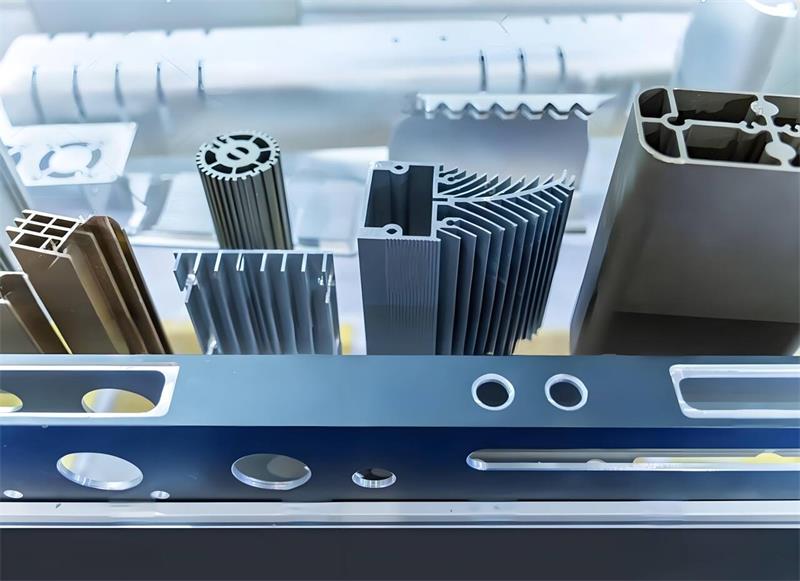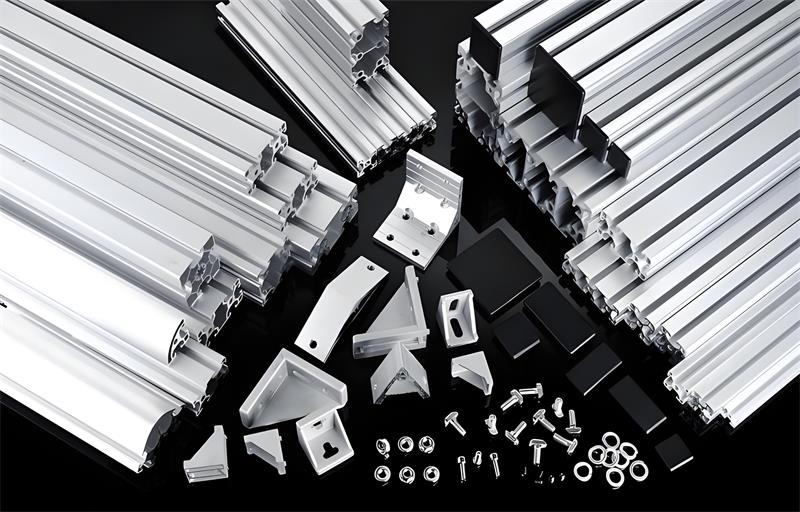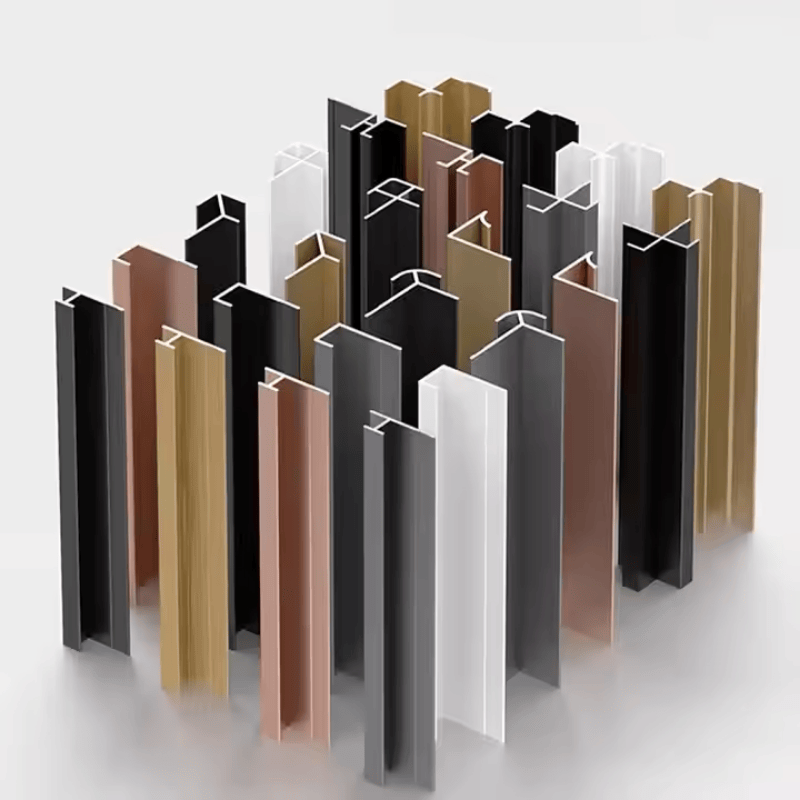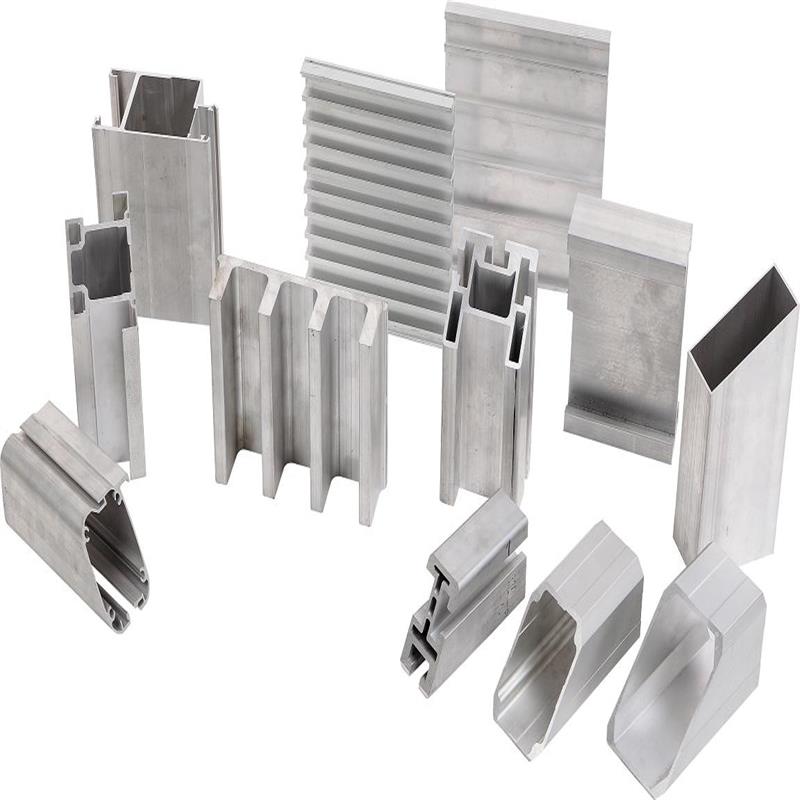Recycled Aluminum: Seizing Global Opportunities in the Sustainability Era
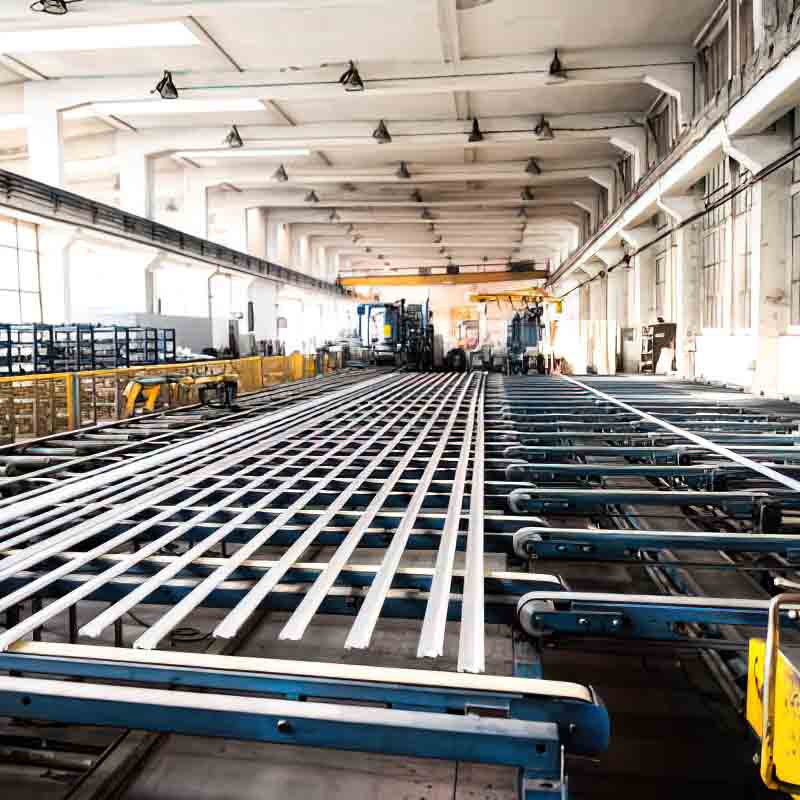
1. Introduction
In the current global landscape, environmental protection and sustainable development have become top priorities across industries. The aluminium sector is undergoing a significant transformation, with recycled aluminum emerging as a crucial element. As natural resources become scarcer and the need to combat climate change intensifies, the demand for sustainable materials has skyrocketed. Recycled aluminum stands out due to its remarkable energy - saving and low - carbon features. While primary aluminum production is highly energy - consuming, recycled aluminum requires only about 5% of that energy, resulting in a substantial reduction in carbon emissions. This makes it both an eco - friendly and cost - effective choice, presenting numerous development opportunities in the international market.
2. Growth Drivers of the Recycled Aluminum Industry
Policy Support
The growth of the recycled aluminum industry is significantly driven by favorable policies worldwide. The European Union, aiming for carbon neutrality by 2050, actively promotes recycled materials through policies like the Circular Economy Action Plan. These policies encourage higher aluminum recycling rates and greater use of recycled aluminum in manufacturing, offering financial incentives and setting strict standards. In the United States, government - backed initiatives support domestic recycling, boosting recycled aluminum production and application. Such policies create a conducive environment for industry growth and international cooperation in recycling technology.
Market Demand
The global market's increasing preference for sustainable products also fuels the growth of the recycled aluminum industry. Environmentally conscious consumers now actively seek products with a lower environmental footprint, prompting businesses to reevaluate their supply chains. Recycled aluminum, with its green credentials, has become a top choice for many companies. Moreover, as primary aluminum production costs fluctuate due to raw material shortages and rising energy prices, recycled aluminum offers a more stable and often cheaper alternative. In manufacturing, companies use recycled aluminum to meet production needs while reducing carbon emissions, driving market growth and product innovation.
| Year | Recycled Aluminum Production (10,000 tons) | Proportion in Global Aluminum Supply (%) | Percentage Growth Compared to the Previous Year (%) |
| 2020 | 1500 | 20 | - |
| 2021 | 1650 | 22 | 10 |
| 2022 | 1800 | 25 | 9.09 (Approx.) |
| 2023 | 1950 | 27 | 8.33 (Approx.) |
| 2024 | 2100 | 30 | 7.69 (Approx.) |
3. Expanded Application Areas
Automotive Sector
The automotive industry has been quick to adopt recycled aluminum for its lightweight properties. Using recycled aluminum in vehicle manufacturing reduces car weight, improving fuel efficiency and cutting emissions. Many modern car models use recycled aluminum for components like engine blocks, body panels, and wheels, enabling automakers to meet strict fuel - economy and emissions standards. With the rapid growth of the electric vehicle (EV) market, which requires lightweight materials for longer battery range, the demand for recycled aluminum is set to soar, presenting a major opportunity for industry expansion.
Electronics Industry
In the electronics industry, recycled aluminum is finding more applications. Electronic devices need materials with good heat - dissipation, and recycled aluminum's high thermal conductivity makes it ideal for heat - sink components. Concerns about e - waste also drive the use of recycled aluminum in manufacturing, reducing the demand for virgin materials. Leading electronics companies incorporate recycled aluminum into product designs to meet environmental regulations and enhance their sustainable brand image, opening new market avenues for the recycled aluminum industry.
Construction Field
The construction industry, a major consumer of aluminum products, is increasingly using recycled aluminum profiles. These profiles offer cost - effectiveness, durability, and environmental friendliness, suitable for window frames, curtain walls, and structural components. As the industry moves towards sustainable building practices, recycled aluminum profiles help meet green building certification requirements, giving construction projects a competitive edge. With more projects prioritizing sustainability, the demand for recycled aluminum profiles is expected to rise significantly.
4. Challenges and Strategies
Quality Control Issues
A key challenge for the recycled aluminum industry is ensuring product quality consistency. Since recycled aluminum comes from various scrap sources, raw material quality can vary, leading to inconsistent recycled aluminum products. To address this, the industry must invest in advanced sorting and purification technologies. Sophisticated sorting equipment can separate aluminum scrap by composition, and purification processes can remove impurities. Establishing strict quality control standards and certification systems is also essential to build trust among consumers and industries.
Competition with Primary Aluminum
Recycled aluminum faces stiff competition from primary aluminum, especially in high - end applications where primary aluminum may have performance or brand advantages. Price fluctuations in the primary aluminum market also make cost - based competition difficult. To overcome this, the recycled aluminum industry should emphasize its environmental benefits and long - term cost - savings. Marketing efforts should highlight its role in a greener future, and continuous R&D is needed to improve product performance.
Development Strategies
To thrive, the recycled aluminum industry should adopt a multi - strategy approach. Investing in R&D can improve recycling technologies, enhance product quality, and explore new applications. Collaboration with research institutions and the government can share knowledge and drive innovation. Building strong brands and long - term customer partnerships by providing quality products and services will enhance industry competitiveness.
5. Future Prospects
Market Growth Projections
The future of the recycled aluminum industry is promising. With growing global focus on sustainability, demand for recycled aluminum will increase steadily. Technological advancements will improve production efficiency and quality, making it more attractive. Stricter environmental regulations and the promotion of the circular economy in more countries will expand the market. Emerging industries like renewable energy and green transportation will also create new opportunities.
Role of aluinno
Enterprises like aluinno play a vital role in the industry's development. By investing in advanced recycling technologies, aluinno can produce high - quality recycled aluminum products, including aluminum profiles. Continuous R&D allows for innovation and the introduction of superior products. Through marketing and brand - building, aluinno can raise awareness of recycled aluminum's benefits and drive its wider adoption, leading the industry towards a sustainable future.
6. Conclusion
In conclusion, the recycled aluminum industry has significant development opportunities in the current international situation. The global trend towards sustainability, combined with its energy - saving and low - carbon advantages, paves the way for growth across multiple sectors. Although challenges such as quality control and competition exist, with the right strategies and the active participation of companies like aluinno, the recycled aluminum industry can overcome these obstacles and embrace a prosperous future, contributing to global sustainability while meeting aluminum product demand.


 En
En



 Location:
Location:
